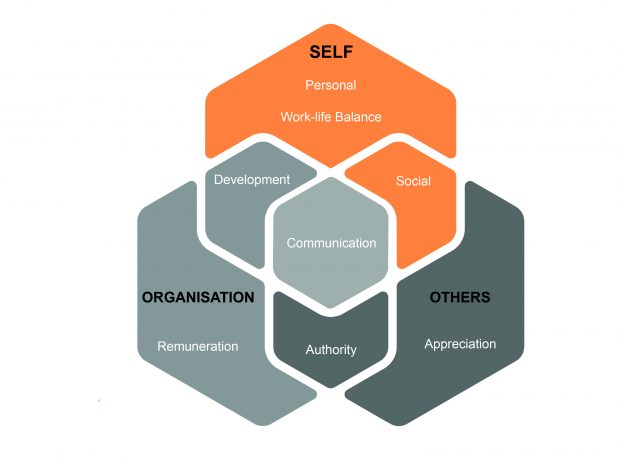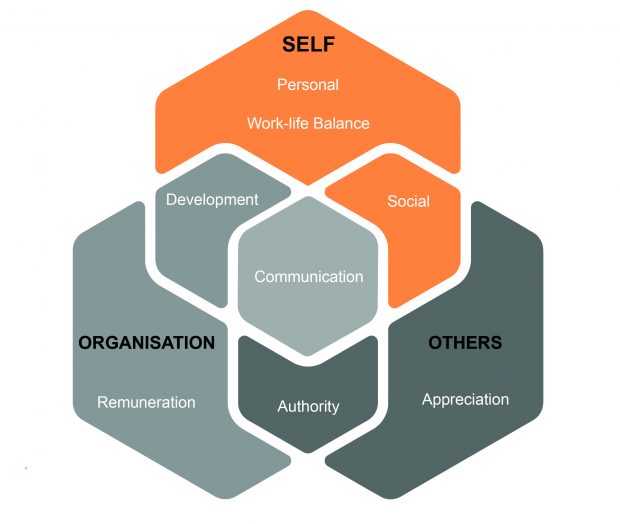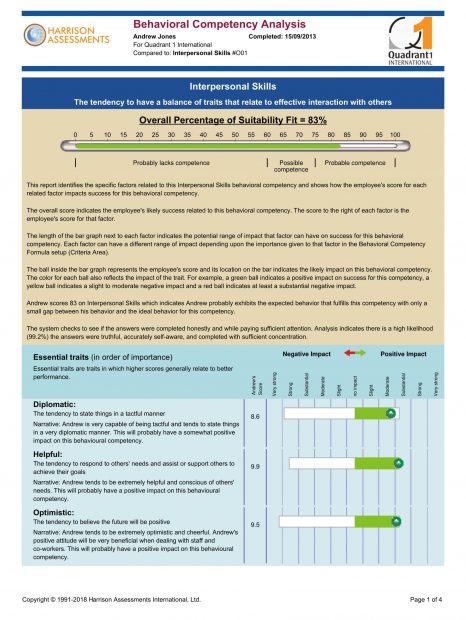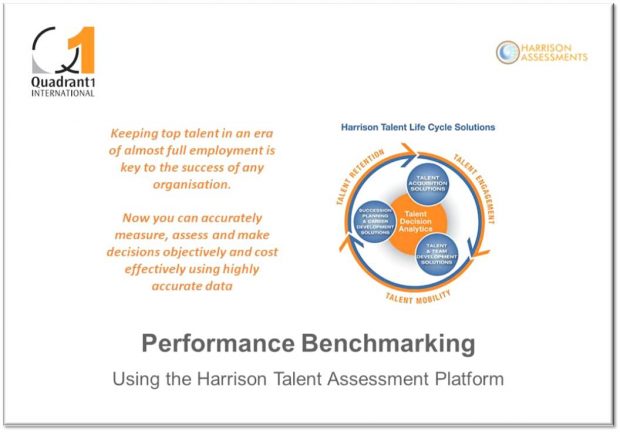Communication Expectations – are your people engaged?
Leave a CommentCommunication Expectations in the Workplace
This article on employee expectations looks at communication expectations in the workplace and the impact on employee engagement.
If the cost of poor communication is: mistakes, wasted time, wasted money, bad recruitment, missed sales, dysfunctional teams, poor morale and slow innovation – so what is the value of good communication?
Good communication is a key indicator of how your employee engagement strategies are working.
Rather than assuming what communication expectations may be, managers can now explore each team member’s personality and communication expectations in ways not previously possible.
The organisational view

8 Areas of Employee Expectations
Understanding how employees and teams deal with different styles of communication, and which ones they prefer, is the cornerstone of organisational effectiveness.
If an employee wants or expects a good deal of frankness when speaking with other team members and is not getting it, they may well alter their behaviour so that they too are less open and even given to being undiplomatic on occasion.
Similarly, if an employee is looking for more informative levels of communication and this is not being offered by their line manager or team members, then changes to communication styles can help bring a better understanding and an increase in productivity.
Does everyone in the group have the same communication expectations?
Finding out what employee’s communication expectations are can be highly enlightening; by using Harrison Assessments engagement and retention analytics we can explore them in detail.
What can we interpret for this group?
- This group has a moderate desire for others to communicate in a frank and straightforward manner, including when giving feedback.
- This group has a moderate tendency to be frank when communicating – which could be a cause of poor productivity when the pressure is on.
- This group has little desire for others to be diplomatic during discussions and when giving feedback.
- This group has a moderate tendency to be diplomatic when communicating – so neither a strong tendency to be frank or diplomatic; is there any real communication going on?
The individual’s communication expectations
Of course, there may be employees who don’t want to be burdened with overly frank conversations that make them feel under pressure. Likewise, someone may want honesty and forthright speaking but is unwilling to give it back in return.
Asking the right questions, and analysing each individual employee’s real engagement factors ensures managers and the wider organisation provide an environment that retains the best talent.
Communication Expectations: Frankness and Diplomacy
Getting the communication mix right both for an individual and groups of staff can be hard work, especially if views on its importance are divergent within a department.
A line manager may wish to be more frank with his staff but is being held back by those higher up, or they may not want to upset someone who is naturally introverted.
It’s a fine balance to achieve and knowing what communication expectations individuals have can help develop the engagement strategy that has more chance of working, tailoring it to specific needs and behaviours within the workplace.
Wants Frankness
- The desire for others to be direct, straightforward, and to the point
- For many people, being able to have a frank conversation where they can speak their mind is important, particularly in difficult situations such as department reorganisations where things can naturally get a little fraught.
- In return they expect to receive honest feedback so that they know what the true situation is and can organise their working life in respect of this information. That could be about the future of their department, the quality of their work or their prospects of getting that new promotion.
Is Frank
- The tendency to be straightforward, direct, to the point, and forthright
- Whilst we all expect some honesty in the office, it’s not always the case that we give it back in return. This is seen by most businesses as a two-way street and employees have to be prepared to be honest and have the confidence to express their opinion.
- It’s not easy for some employees to always speak their mind and enter into a frank discussion. They may be worried what their boss or colleagues are going to think or they might not want to damage their chances of moving up in the company by raising an important but negative issue or making a complaint.
Wants Diplomacy
- The desire for others to be tactful
- You can, of course, be too frank and, especially in the work place everything needs to be balanced by a healthy dose of diplomacy. This can be a difficult equation to get right even for the most talented of supervisors or employers.
- Most employees want their fellow workers, including bosses, to be polite and present themselves in a respectful way. Others prefer to hear it straight with no waffle, and find staff who are overly diplomatic as evasive or time wasting.
Is Diplomatic
- The tendency to state things in a tactful manner
- Again, wanting diplomacy in the workplace is a different thing from being diplomatic yourself. This can be affected by many factors including how secure an individual feels in work and how they view other members of staff.
Using Harrison Assessments Talent Solutions to understand communication expectations
Managers can measure an number of key employee expectations, the intrinsic behaviours that drive individual and group engagement. This helps to understand any differences between an employee as well as looking at the overall group or team’s expectations. These insights facilitate the essential dialogue between employee and manager, fostering a shared responsibility for engagement to build a culture of employee engagement.
Managers can use the Manage, Develop and Retain report as a guide to getting the best performance out of an individual member of their team, and shows how mis-matched communication and management styles could potentially demotivate a talented employee. Instead the report suggests how best to develop and engage the employee, what type of tasks to delegate and behaviours to watch out for that could impede performance.
Employee Engagement White Paper
- This employee engagement white paper will outline why this is the case and what is needed to achieve a greater impact on organisational performance.
- It includes some key areas relating to engagement in the workplace and a crucial 3-step guide to assist with the application of engagement analytics.
- Written by Dan Harrison, Ph.D. – Organisational Psychology, developer and CEO of Harrison Assessments, this white paper is a must read for anyone involved in employee engagement. Request your copy here –










